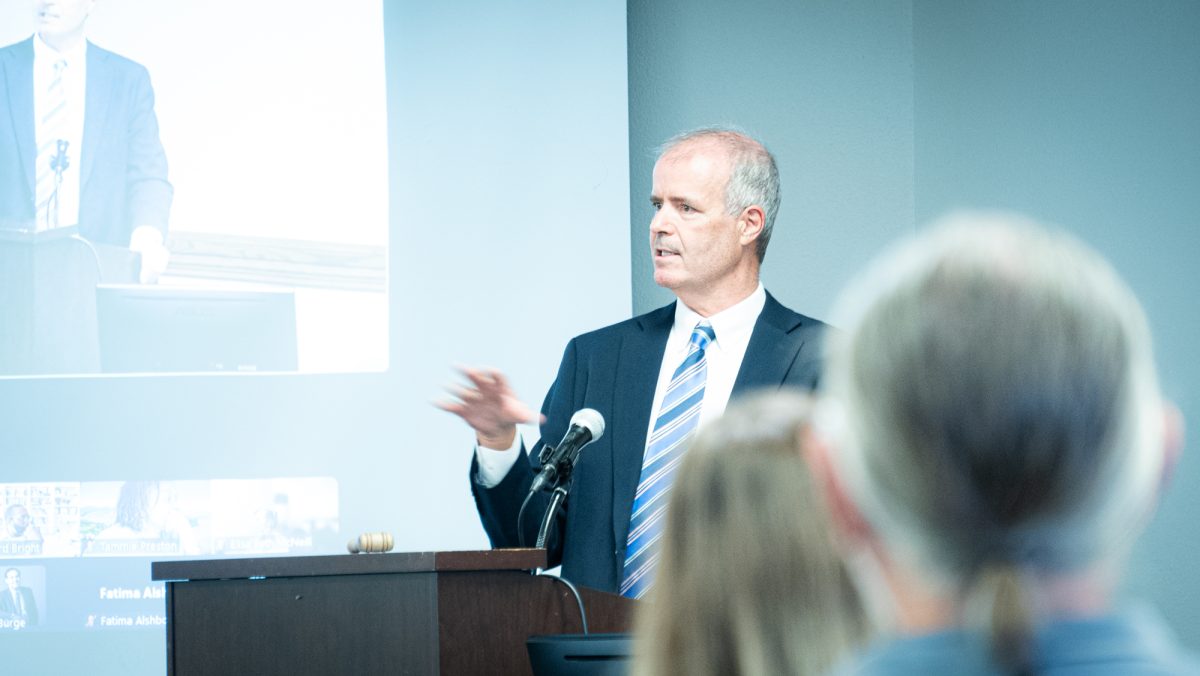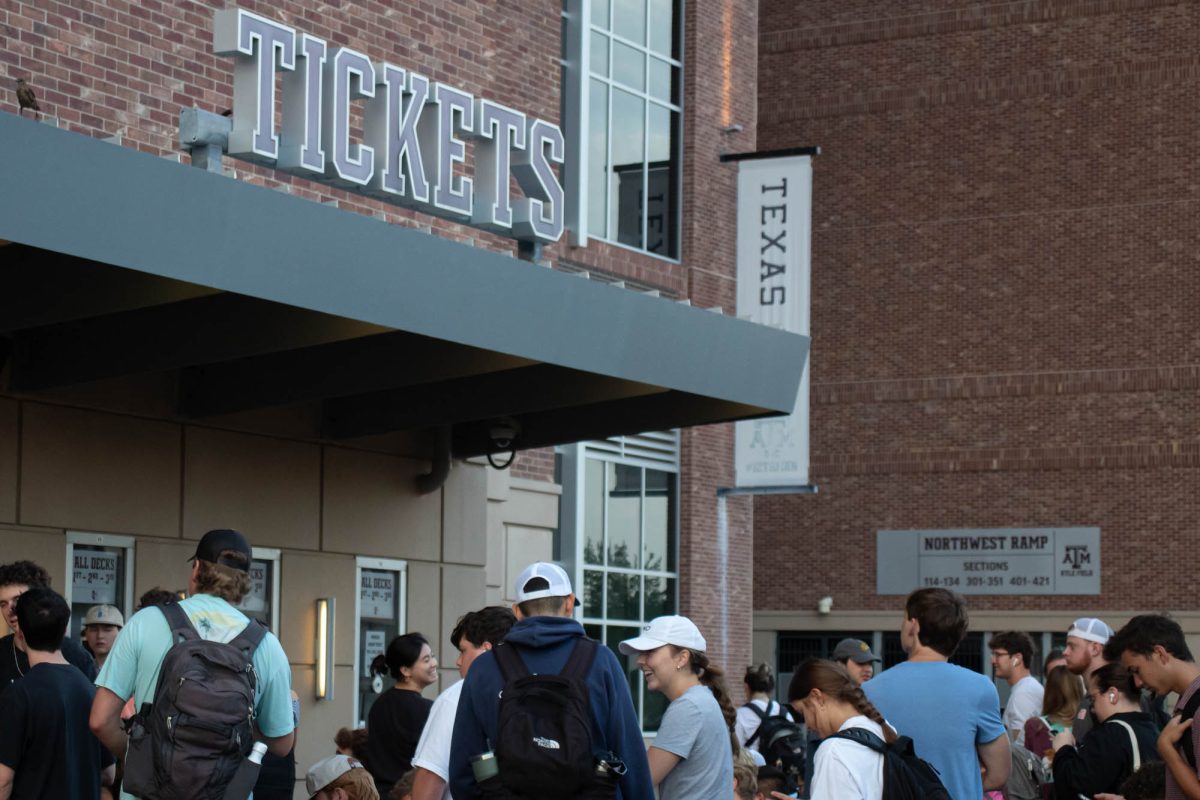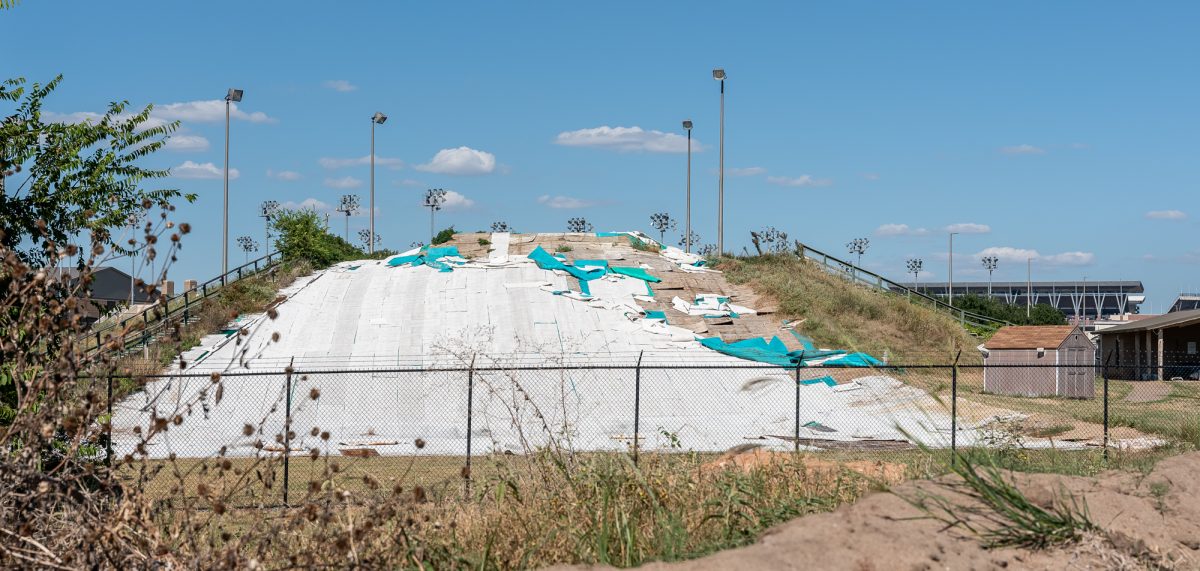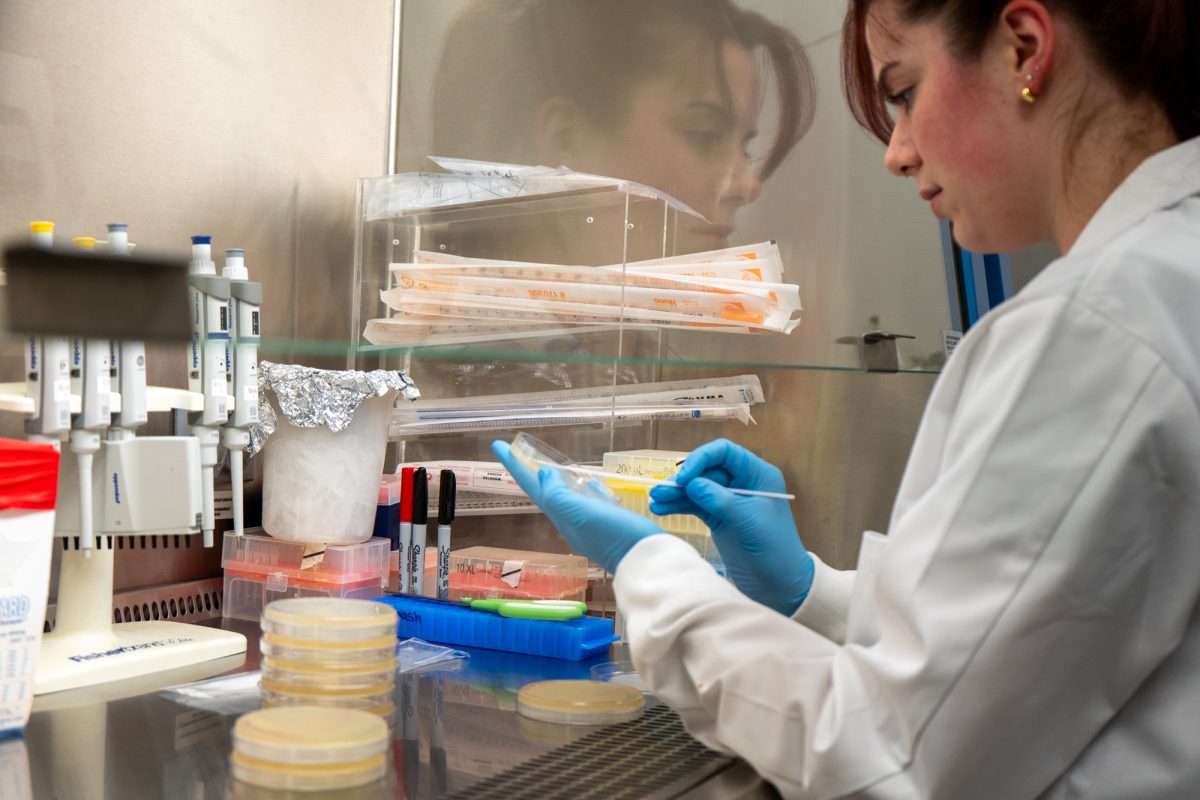THE BATTALION: Tell us about the project, “Making the Maker: A Pathway to STEM for Elementary School Children.”
QUEK: The goal of the project is to support children to develop self-identities as STEM-capable and interested individuals. Children between grades three to five will be empowered to “make” things that are infused with technology. The making will resemble a typical arts-and-crafts activity where they will create electronic and physical paper based and 3-D artifacts of their own design. They will then use these technologically augmented artifacts — puppets, backdrops, and scene elements — to construct stories for their language arts activities in school. The motivation is that knowledge is effectively learned when it is used and applied. The children become active doers and makers and not just passive learners. We will investigate how this integrated activity may help children to see themselves as STEM-capable individuals. Just as importantly, we will investigate how their peers, teachers, family and broader social circles may see the children as STEM-engaged people. This is critical because self-identity is not a property of the individual but is heavily influenced by community perspectives.
THE BATTALION: What does the research look like?
QUEK: This project is just beginning. It was catalyzed by a pilot study that we — Sharon Chu and Francis Quek — performed in Blacksburg, Virginia.
Our results from the pilot study was the starting point for a set of collaborative discussions at Texas A&M that culminated in the successful proposal with NSF. We are currently working on a broader set of pilot studies to be run in November and December. We will continue our pilot studies in the after-school and summer programs in Neal Elementary School in the Bryan ISD in the spring of 2015 with a view to full deployment of our curricula in Neal Elementary in the 2015-2016 school year.
THE BATTALION: What was your inspiration for the project?
QUEK: The development of such technologies as 3-D printing and open-source electronics has given rise to a growing “maker phenomenon.” One can think of making as the de-specialization of aspects of prototyping and production as the technology approaches a point of maturity and accessibility to broader populations. There have been prognostications of how this phenomenon may ultimately lead to a new industrial revolution. My own research in embodied interaction has seen benefits from how making technologies may enable a broader reach in research to include explorations of new physical devices and interactions that have been hitherto been too specialized for researchers in the “human side of computing.” This exploration led me to look at how “physical computing” may extend the capability of researchers and students to explore new interactive possibilities.
My explorations in physical computing and our research in creative storytelling in children converged in a pilot study on how making may support children in the construction of their stories. The question of how making may support the development of self-efficacy and motivation to create ultimately led to the new “Making the Maker” project.
THE BATTALION: What is “STAAR: An E-reader for Individuals with Blindness or Severe Visual Impairment?”
Quek: In this project that is supported by the National Science Foundation, we are developing e-readers for Individuals with blindness or severe visual impairment [known as ISVBIs]. We employ an embossed tactile overlay over a standard touch tablet device like Apple’s iPad or Samsung’s Galaxy tablet to enable IBSVI to read at their own pace. As the text is touched, the system renders the words audibly. This gives the IBSVI access to the spatial layout of the text as they read. This allows the reader to keep place, re-access context, and access information such as information organization and structure that is implicitly embedded in layout. We are proceeding to support note taking and text underlining to allow IBSVI to be active readers rather than passive consumers of audio text.
THE BATTALION: What was the inspiration for STAAR?
Quek: Some years back, a student who was blind took my class in computer graphics. He wanted to understand how graphics technology could be adapted to help individuals who are blind in their everyday lives. I experienced significant difficulty providing effective instruction to a class with a blind student in it. This led me to look more closely at how my research may help individuals with visual challenges.
THE BATTALION: What are the results thus far?
Quek: We have developed a version of the e-reader on the iPad and conducted a series of studies in Blacksburg, Virginia. The work has produced seven scholarly publications and a doctoral dissertation. To date, we have shown that our e-reader effectively supports IBSVI in reading and provides unprecedented access to information layout. We are in the process of revising the entire system through the lessons learned in the first doctoral thesis and proceeding to study note taking and in-place annotation support.
New technologies raise awareness in STEM careers
October 22, 2014
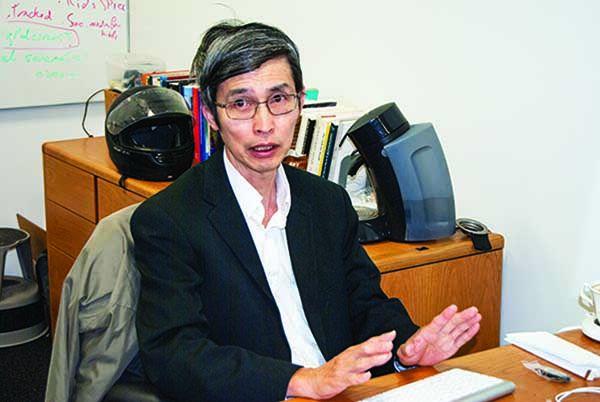
Photo by Dee Huggan
0
Donate to The Battalion
Your donation will support the student journalists of Texas A&M University - College Station. Your contribution will allow us to purchase equipment and cover our annual website hosting costs.



